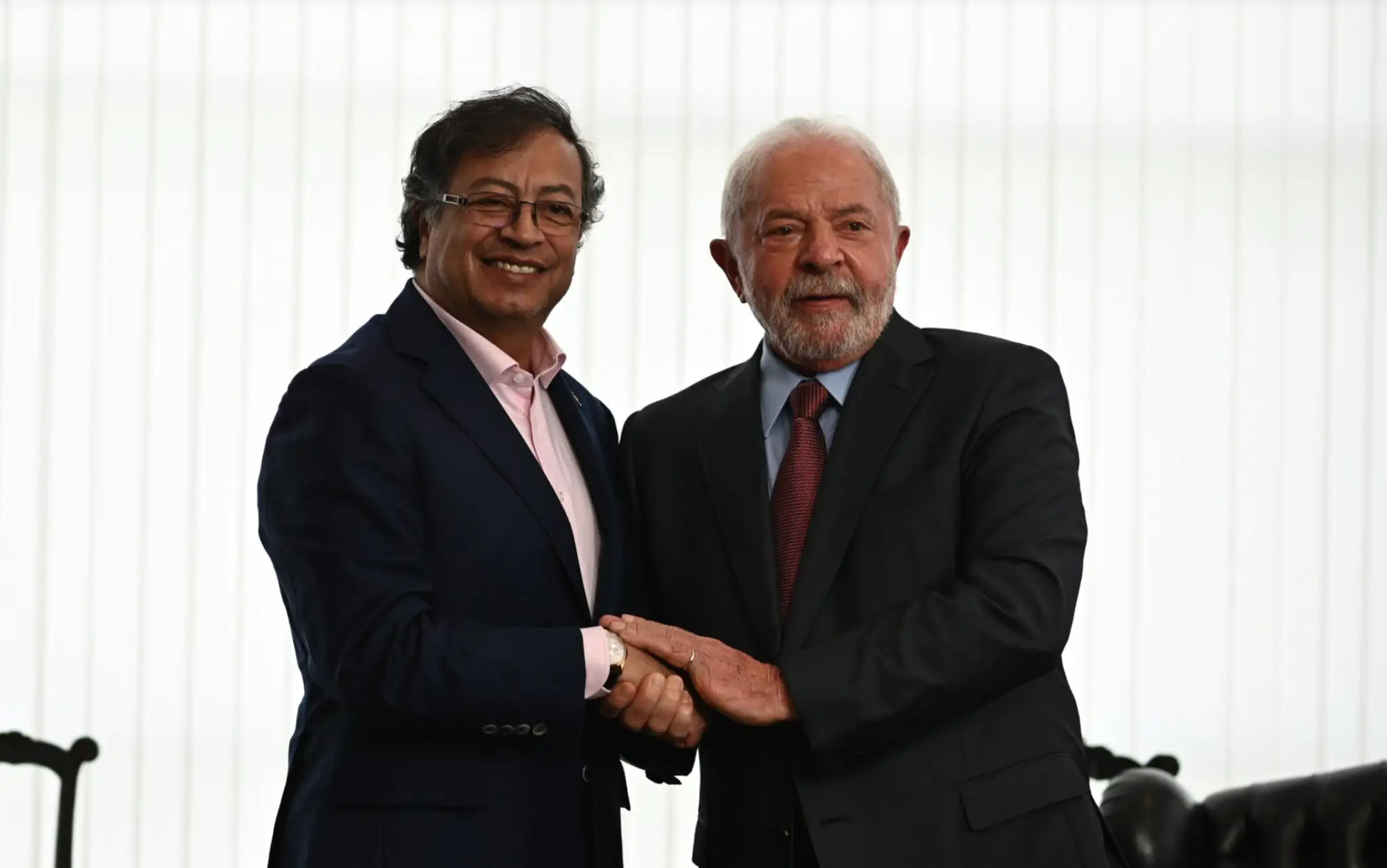The war in Ukraine upended Europe and brought additional challenges to Latin America in the middle of a fraught relationship with the United States. The renewal of a pink tide reignited the hopes on the left that a new progressive wave was the answer to the social unrest the region has been experiencing for the past few years. The covid-19 pandemic only worsened the severe social conflict most countries in the area were already experiencing, partly due to the economic woes of mounting debt and rising inequities, because of the downturn of their economies after the commodities boom.
These challenges have only made the profound weaknesses of most political systems in the hemisphere more salient, especially regarding the state of their democracies and institutions and the many failures to address the root cause of social turmoil and economic distress with rigorous public policies. The shortcomings are far from a whole ideological debate, making the circumstances of this rise of leftist governments in Latin America very different from the original pink tide.
Economic crises have been recurrent in Argentina’s history for decades, and so have the political fallouts. However, as Yanina Welp cautioned, more than the current shortcomings the government is facing have been needed to ignite the social unrest seen in the past. The judicial procedures against the current vice president, Cristina Fernández, have deepened the divisions in the highly polarized country. In the meantime, the infighting in the government has led to a succession of economic ministers in charge of dealing with a debt crunch, fiscal deficit, skyrocketing inflation, continuing recession, and rising poverty without a rigorous policy-making effort that addresses the root causes of the structural crisis that is dividing not only the government but the country.
Luiz Inácio Lula da Silva was sworn into office while the outgoing president, Jair Bolsonaro, left an acting president to avoid the inauguration. Though the transition was conclusive, among supporters of the former president, there was hope he would be restored to power with a last-minute military intervention. This is probably the best way to describe the new government’s challenges. Like in Chile and Peru, Lula da Silva will face an opposition-controlled congress that will make it difficult for him to achieve his political agenda. The common denominator in this version of the pink tide is the incumbent rebuke, with the Opposition controlling the legislative branch as a check. In a polarized country where the former president did not formally concede, the promise to unify a divided society with the Opposition refusing to acknowledge the new president’s legitimacy is a sign of the uphill battle that awaits Lula da Silva and his coalition. The simultaneous copycat attack on the Congress, Supreme Court, and Planalto Palace signify that Bolsonaro might be out of formal power but will continue exercising influence abroad.
Historical inequities that led to the social unrest experienced in 2019 were expected to be overcome with a new constitution. Instead, the process became an additional source of division, with a majority in the Constitutional Convention turning the opportunity to redact a constitution that would reflect the country into a political statement of social justice, redefining the country’s institutional framework. There was broad support for a new constitution (78%). Still, the selection of the members of the Constitutional Convention didn’t drive the turnout that both referenda gathered (51 and 86 percent), with the caveat that the second referendum was mandatory. The approval failed by a significant 62 percent against the document. The product was a proposal that went further than expected, and instead of closing the gap, it heightened societal disparities. After recognizing the failed attempt, President Boric has vowed to work with different sectors to support another more inclusive effort that reflects the country’s aspirations. It will be challenging, but like in other countries in the region, the success of the political agenda of progressive governments in Latin America depends on the ability to commit to a broad political platform instead of pursuing a laundry list of progressive goals without consensus.
Gustavo Petro became the first leftist president of Colombia, and with it, a new chapter of the country’s history is being written. Petro’s ambitious political agenda deals with the social inequities that sparked the massive protests in 2021. But there is also the urgency in the redefinition of Colombia’s policies to combat drug trafficking and address climate change, both of which are connected to the United States. A key ally in the region, Colombia’s role is extensive, considering not only drug policy implementation but also Petro’s connection with his neighbor, Maduro, in Venezuela. The Biden administration has signaled its openness to engage with Petro, making it clear that both countries have more common interests than differences. The common objectives are vast, and Petro has begun with the return to trade by reopening the border, allowing flights between the countries, and, more importantly, peace talks with the remaining guerrilla groups operating along the border. Still, other initiatives are interpreted as a strategy to end Maduro’s isolation and force him to return to the regional democratic institutional system. This is an understanding that although there are ideological affinities between both leaders, the nature of their governments could not be more different.
The ousting of Pedro Castillo materialized after the leftist president announced the dissolution of congress before it was expected to vote in a third attempt to impeach him for a series of accusations that involved corruption and other scandals. The failed coup has cost Castillo to be removed from office and remain under arrest for eighteen months in pre-trial procedures. The removal of yet another president is a sign of the instability of the presidency but also an indictment of the political parties. The pattern we have described in Chile or Colombia is also present in Peru: inequality, exclusion, and most salient, political corruption. The support for outsiders as a reaction to traditional politicians continues to be prevalent among the Latin American electorate, frequently favoring inexperienced non-politicians who lack the skills to guarantee minimal governance. The case of Castillo is the most recent, but in Peru’s tradition, it has been a characteristic of the political system. The future of democracy in the region looks worrying, especially in Peru, where the alternatives are fragile and limited.
The removal of the Venezuelan interim government comes at a time when the discussion about the consolidation of Maduro and the need to define the political options for the 2024 presidential elections is looming. After handing over their representation to the Trump administration, the interim government led by Juan Guaidó lost momentum. Having hoped that sanctions would be enough to weaken Maduro and his alliance, the opposition seemed overwhelmed by the Maduro regime, as it found more incentive to remain united than reasons to change the status quo.
The illiberal embrace from open authoritarian regimes, such as Cuba, Nicaragua, and Venezuela, is the real threat democracies face across the board from left to right. The illiberal wave is Latin America’s real challenge in 2023.












